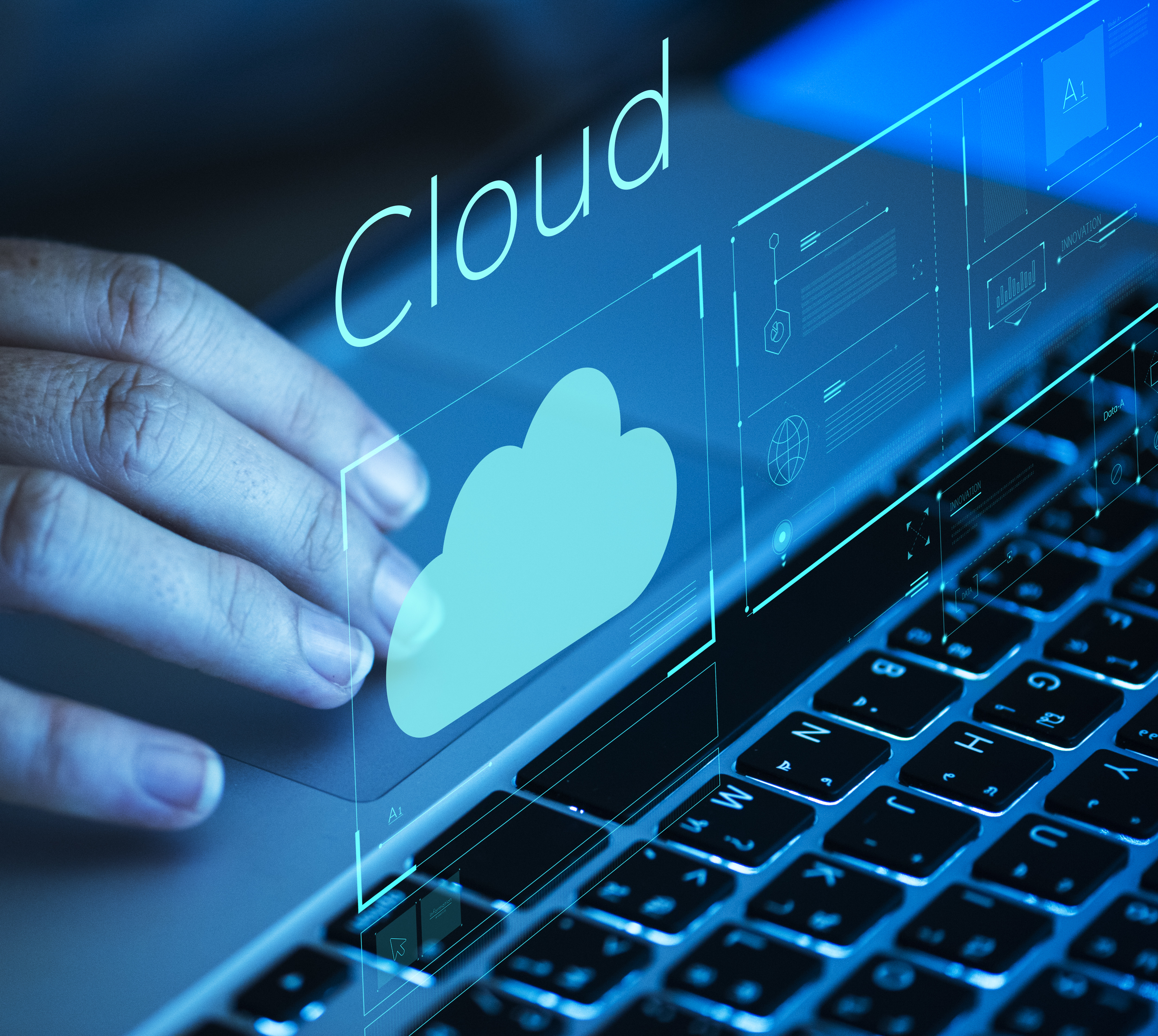Cloud Computing Trends for 2025: What Businesses Need to Know
As we move deeper into the digital era, cloud computing continues to be the backbone of business innovation, agility, and scalability. From startups to global enterprises, organizations rely on cloud services to host applications, manage data, and deploy AI-driven solutions.
With 2025 on the horizon, cloud technology is evolving at an unprecedented pace—driven by advancements in AI, edge computing, security, and regulatory demands. Businesses must stay ahead of these changes to remain competitive and future-ready.
In this blog, we explore the top cloud computing trends for 2025 that will shape how companies operate, innovate, and deliver value.
1. AI-Native Cloud Infrastructure
Artificial Intelligence and Machine Learning (AI/ML) are no longer optional—they’re essential. In 2025, cloud platforms will become increasingly AI-native, embedding intelligent features directly into their infrastructure and services.
🔹 What to expect:
- Built-in AI tools for data analysis, prediction, and automation
- Smart resource allocation and cost optimization
- AI-assisted DevOps for faster deployment and issue resolution
As demand for AI grows, cloud providers will offer even more pre-trained models, low-code tools, and integrated AI pipelines to empower non-technical users and developers alike.
2. Multi-Cloud and Hybrid Cloud Maturity
Organizations are increasingly moving beyond single-provider strategies to multi-cloud and hybrid cloud architectures. This approach offers more flexibility, better cost control, and reduced vendor lock-in.
By 2025, businesses will:
- Integrate workloads across public, private, and edge environments
- Use multi-cloud platforms to balance performance and compliance
- Leverage cloud orchestration tools to unify their infrastructure
Hybrid and multi-cloud environments will become the standard, not the exception.
3. Cloud Security and Zero Trust Architecture
As cyber threats grow in complexity, cloud security will become more proactive and AI-driven. In 2025, Zero Trust Architecture (ZTA) will dominate the cloud security landscape.
🔒 Key security trends:
- Identity-first security with continuous verification
- AI-powered threat detection and response
- Encryption at rest, in transit, and during computation
- Cloud-native security tools integrated from development to deployment
Businesses will adopt security models where no user or device is inherently trusted, enhancing resilience against internal and external threats.
4. Edge Computing Expansion
The rise of IoT devices, smart cities, autonomous vehicles, and real-time analytics is pushing computing power closer to where data is generated—at the edge.
By 2025, we’ll see:
- Increased deployment of micro data centers near end users
- Edge-cloud integration for low-latency performance
- AI processing at the edge for real-time decision-making
Edge computing will play a critical role in industries like healthcare, manufacturing, and logistics where milliseconds matter.
5. Sustainable and Green Cloud Solutions
As sustainability becomes a business imperative, cloud providers and enterprises alike will prioritize green cloud strategies to reduce their environmental impact.
🌱 Sustainable trends in 2025:
- Carbon-aware workload scheduling
- Energy-efficient data center design
- Use of renewable energy sources
- Transparent sustainability reporting from cloud vendors
Organizations will not only choose cloud providers based on performance and cost—but also on environmental responsibility.
6. Serverless Computing Adoption
Serverless computing allows developers to focus purely on writing code while the cloud provider handles the infrastructure automatically. This trend will continue to gain traction in 2025 as businesses seek simplicity and agility.
💡 Serverless benefits:
- Auto-scaling with no manual provisioning
- Pay-per-use pricing models
- Faster time-to-market for applications
- Seamless integration with event-driven architecture
Serverless will become the go-to model for startups and enterprises launching microservices, APIs, and event-based systems.
7. Cloud-Native Development and DevSecOps
Modern application development is now cloud-first. By 2025, organizations will embrace cloud-native architectures, containers, and DevSecOps practices as the norm.
🔧 Trends to watch:
- Greater adoption of Kubernetes and container orchestration
- Integrated CI/CD pipelines with built-in security checks
- Cloud-native monitoring and observability tools
- Shift-left security in the software development lifecycle
These trends will enable faster, more secure, and more scalable application delivery.
8. Data Sovereignty and Cloud Compliance
With growing concerns about data privacy and localization laws, businesses in 2025 must navigate cloud compliance more carefully than ever before.
🌍 Regulatory trends:
- Country-specific data hosting requirements
- GDPR, HIPAA, and sector-specific compliance
- Cloud providers offering region-specific services and controls
Companies will need to ensure their cloud strategies align with evolving legal frameworks—especially in regulated industries like finance, healthcare, and government.
Final Thoughts: Prepare for a Cloud-Driven Future
The cloud is no longer just an IT strategy—it’s a business transformation enabler. As we approach 2025, these emerging trends will redefine how businesses operate, innovate, and grow.
At Atvantiq, we help organizations harness the full potential of cloud computing with tailored solutions that address their unique needs. Whether you're looking to migrate to the cloud, adopt a hybrid strategy, enhance security, or integrate AI—we’re here to guide your transformation every step of the way.
Cloud success requires more than just technology—it demands vision, strategy, and the right partner. Let Atvantiq help you lead the future.
Ready to future-proof your business with next-gen cloud solutions? Contact Atvantiq for a free consultation today.
